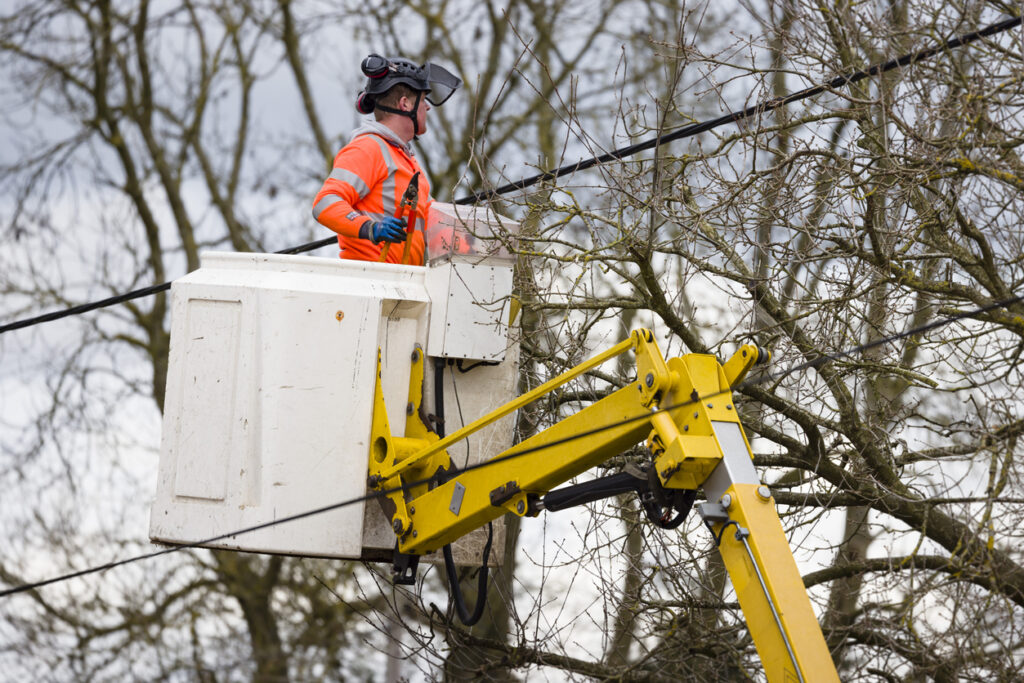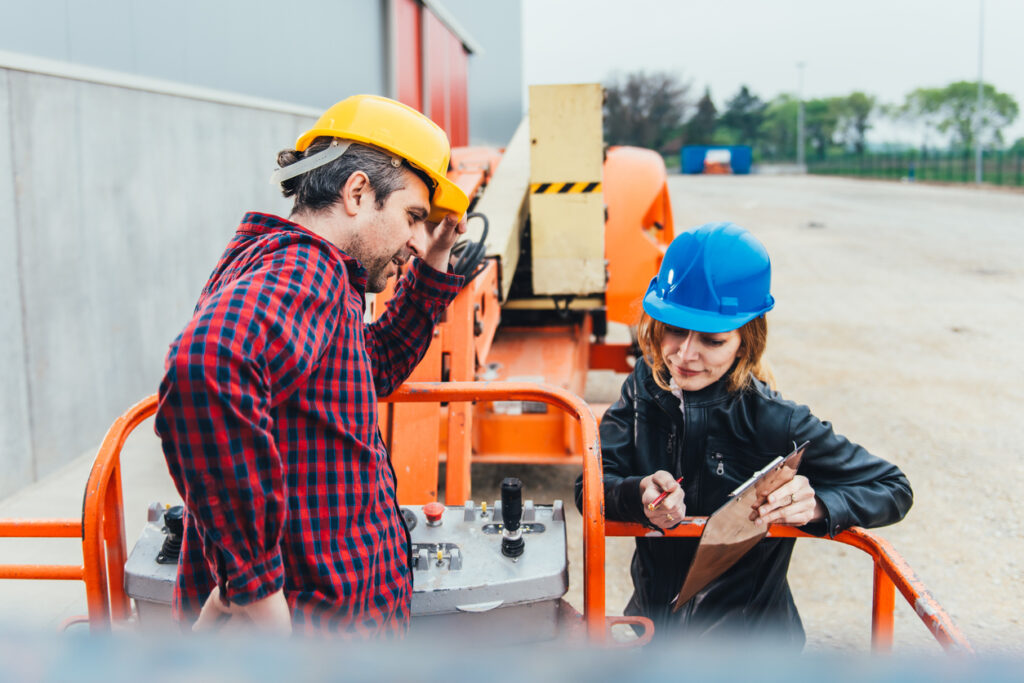Working at height remains one of the most perilous activities in the construction industry, exposing workers to significant risks that can lead to severe injuries or even fatalities. Despite stringent safety regulations and advancements in protective equipment, the statistics surrounding falls from height continue to be a stark reminder of the dangers involved.

In the UK alone, falls from height account for a notable percentage of workplace injuries and deaths each year. Recent statistics from the Health and Safety Executive (HSE) reveal that such falls accounted for a staggering 36% of all fatal workplace incidents in the 2022/2023 period. This highlights the urgent need for improved safety measures and ongoing training to protect workers from preventable tragedies.
Ensuring Worker Safety Through Accredited Training Programs
Working at height involves various activities, each with its own set of risks. Whether using ladders, scaffolding, or platforms like MEWPs (Mobile Elevating Work Platforms), there are unique challenges. For example, ladder work requires careful movement, while scaffolding may have stability issues. Operating MEWPs requires understanding controls and navigating obstacles. To ensure proper training for operating MEWPs, consider our extensive IPAF powered access training courses.
Training is crucial for safely working at heights. It teaches workers how to use equipment, handle risks, and respond to emergencies. It’s important to choose from reputable providers, such as our CITB, PASMA and IPAF training services, ensuring they meet industry standards.

With accredited training courses for working at height, workers learn the latest safety guidelines, reducing risks. Employers must provide this education to protect workers and prevent falls from height, promoting a culture of safety.
Expanding Training Across the Workforce
Ensuring safety when working at height goes beyond just those directly involved. All staff members, including managers, should receive training for several reasons:
- Enhanced Managerial Decision-Making: When managers understand the challenges of working at height, they can plan effectively and support their teams better, promoting adherence to safety protocols.
- Equipment Knowledge for All: Knowing how to handle, maintain, and store equipment benefits everyone, reducing accidents and facilitating quicker, safer setup and packing away processes.
- Importance of Proper Storage: Correct equipment storage not only maintains workplace tidiness but also prevents accidents and prolongs equipment lifespan.
Comprehensive safety training for everyone helps to ensure a safer workplace environment, promoting informed decision-making, reducing accidents, and cultivating a culture of mutual care and responsibility.
Combating Complacency Through Ongoing Training
Complacency in the workplace poses a hidden threat to safety, weakening the measures in place to keep workers safe. It often arises when tasks become routine, and accidents seem unlikely. However, this false sense of security can lead to people ignoring safety rules and, ultimately, accidents.

Regular refresher training is the solution to complacency. Even experienced workers benefit from revisiting safety basics and learning about new standards and techniques. This training serves as a reminder of best practices and encourages improving existing procedures.
Building a culture of continuous learning is essential. By emphasising that safety is an ongoing process, organisations can reduce the risks of complacency. Encouraging employees to find ways to enhance safety and efficiency creates an environment where complacency is not tolerated.
Prioritising regular health and safety training and promoting a culture of learning helps organisations combat complacency and maintain high safety standards.
The Importance of Proper Equipment Selection and Maintenance
Ensuring workplace safety, particularly in tasks involving heights, hinges on properly maintaining equipment and that it is appropriate for the job at hand. This isn’t just important—it’s crucial. It’s what stands between a job done safely and one that could end in disaster.

Each piece of equipment should be chosen carefully to match the job to avoid any chance of it failing when put under pressure. And simply choosing the right equipment isn’t enough; regular maintenance is essential. Routine checks guarantee proper functionality, minimising the chance of unexpected failures.
Not taking equipment maintenance seriously can lead to accidents. In one tragic incident in Bow, East London, a crane collapse in July 2020 reminded us of the critical importance of safety in using heavy machinery. The collapse resulted in the death of a member of the public, with several others sustaining injuries. While the exact causes are still being investigated, this event emphasises the need for strict safety measures on-site. It highlights the constant risk of equipment failure and the severe consequences of not maintaining machinery properly. This collapse underscores the urgent need for thorough safety rules, regular checks, and following guidelines to keep construction equipment safe, protecting both workers and the public.
The emphasis on safety when working at height cannot be overstated. It’s essential to regularly maintain equipment, follow safety rules closely, and stay alert. Neglecting safety can have serious consequences, so it’s vital to prioritise it above everything else. Keeping workers and the public safe should always be the main goal.
Let’s use these reminders to strengthen our commitment to high safety standards. If you need help with workplace safety or have questions about equipment maintenance, feel free to get in touch. We’re here to assist you in creating a safe environment for everyone involved in your operations.
